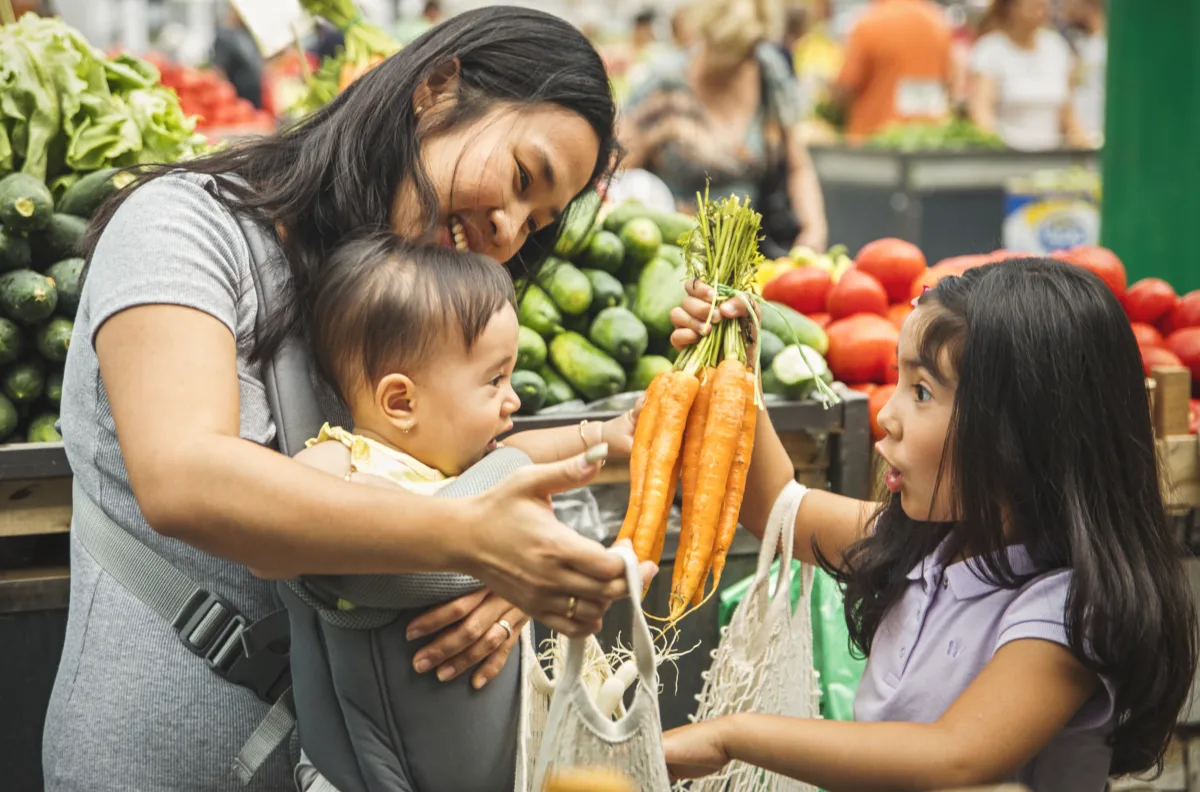As someone who has dedicated decades of my life to addressing social change, recent developments in the research and data fields are giving me renewed hope.
For the last five years, I’ve worked as the executive director of the National Collaborative for Health Equity (NCHE). Our mission at NCHE is to help end racial and health inequities. We recognize that assuring access to quality food is a key factor for achieving health equity. We proudly lead efforts to change how experts in the field approach health and food equity research, including rethinking the data we’re measuring and what those data are used for.
If we’re going to achieve true food justice, and really reverse the ever-expanding trend of poor health in children—childhood obesity rates in particular—we have to take a relational approach. We need to recognize that the factors that contribute to this American dilemma have to be viewed systemically and we need to put more value on relationships. By this, I mean relationships within communities across multiple sectors, including the food system.
I give you the Health Opportunity and Equity (HOPE) Initiative as an example of how data related to causal factors, and the value of local relationships, can be reimagined and reinvigorated. Launched in 2018, the HOPE Initiative was created to start a new conversation about health and health equity, with the belief that every person in the country should have equal opportunity for health and wellbeing. Funded by the Robert Wood Johnson Foundation, the initiative was led by NCHE and Texas Health Institute in partnership with the Center on Society and Health at Virginia Commonwealth University.
With the HOPE data system, our research team took a complete 180 from the traditional view of how 27 indicators of health and wellbeing were being used. Instead of measuring deficits, we measured assets. So, rather than focusing on food insecurity, our experts pivoted and set out to measure food security as well as other social and community factors that influence food security. The HOPE data system enables community leaders and advocates to view food security within the context of other indicators, such as transportation and livable wages. This strategy allows communities to set aspirational, yet achievable, goals and quantitative ways to measure the opportunity to achieve food security.
For example, HOPE data show that 87% of the U.S. population has food security, with the goal of the initiative being 95%. That means roughly 32 million more people need food security to achieve the goal.
Although ways of achieving better food security may seem obvious, it’s important to note that the issue is more nuanced than “do people have enough to eat?” In fact, it’s not just about the quantity of food communities have access to but we must consider the quality. Researchers must move beyond data models of the past 30 years and begin to parse out those nuances regarding access to nutritious food.
When it comes to solutions, though, I am encouraged. I believe that the path forward calls for creative interventions, local advocacy, and of course, meaningful data.
Let me tell you a story. In one inner city community, a group of motivated young people recognized there was a lack of healthy food options in their neighborhood food stores. They decided to use their cell phones to take photos of the food being offered in the area convenience stores, which were mostly unhealthy options. Community members were able to use those photos to spark a discussion with the store owners about the healthy and unhealthy foods being sold. The result? Store owners changed what foods they purchased in order to make more nutritious choices available to residents.
That positive outcome is the epitome of what we can achieve. Because when we share data with communities, we must reframe it in terms of what is possible, not just repeating the disparities, but reframing the data to reflect expectations for positive change that can be measured as achievable goals. Communities can then use that data, mobilize, and work to achieve those attainable outcomes.


